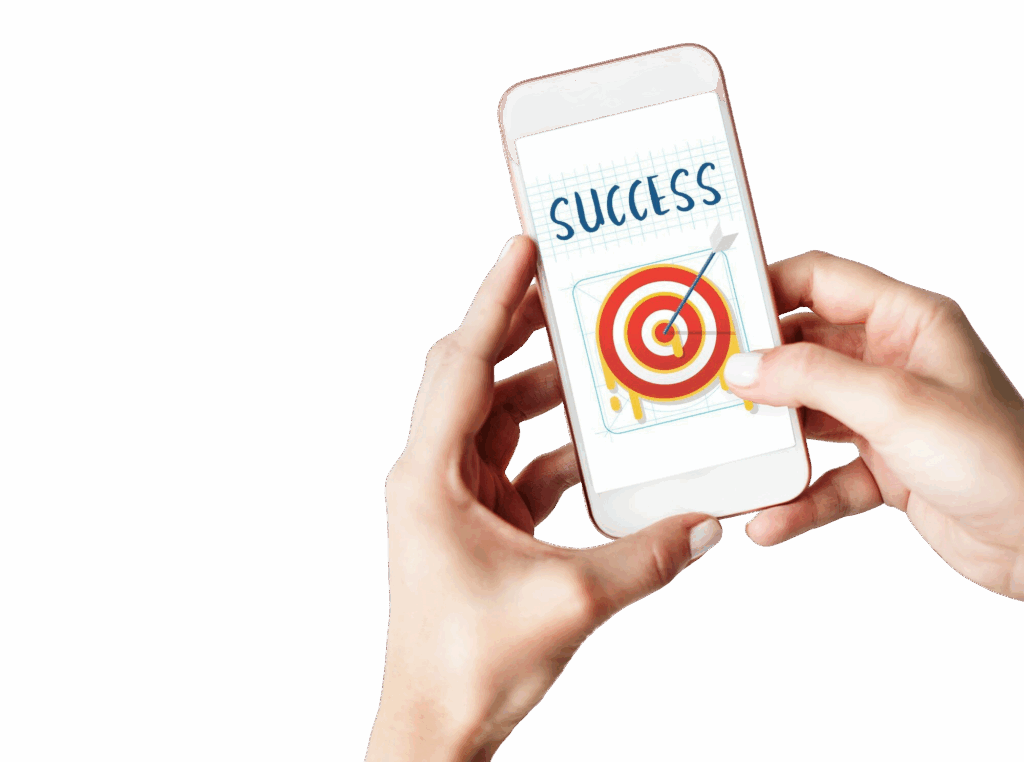In the fast-evolving digital marketing landscape, media optimization has transitioned from a tactical approach to a critical, high-impact strategy. With the rapid growth of digital channels and a massive global user base, brands are facing increasing challenges in capturing fragmented consumer attention. To convert media investments into measurable success, organizations must modernize their Martech stacks. This blog explores why media optimization is more essential than ever, the key challenges businesses face, and how advanced, technology-driven strategies are reshaping the marketing landscape.
Why Media Optimization Matters More Than Ever
1. Precision Targeting at Scale
Media optimization enables brands to reach high-intent audiences with remarkable precision. According to Statista, there are over 5 billion internet users globally, making digital platforms more crowded than ever. Advanced targeting ensures that brands rise above the noise, delivering tailored messages to the right audience at the optimal time, maximizing engagement and driving results.
2. ROI Uplift
Media optimization can boost Return on Ad Spend (ROAS) by up to 30%, as reported by McKinsey. By refining budget allocation and utilizing cross-channel intelligence, marketers can unlock hidden value across multiple platforms. This data-driven approach shifts beyond traditional attribution models, offering deeper insights into campaign performance and consumer behavior.
3. Seamless Omnichannel Messaging
Consistency in messaging across all digital touchpoints is crucial for brand success. Salesforce research shows that unified messaging increases brand recognition by 68% and boosts purchase intent by over 90%. Media optimization ensures that creative assets, messaging, and CTAs are harmonized across channels, providing a cohesive customer experience.
4. Real-Time Course Correction
AI-powered platforms like Adobe Sensei and Salesforce Einstein enable real-time campaign optimization. By leveraging emerging trends, A/B testing results, and performance data, marketers can instantly adjust campaigns to improve effectiveness and minimize wasted spend, ensuring campaigns stay agile and responsive.
Common Challenges in Media Optimization
1. Fragmented Data Ecosystems
Gartner reports that 58% of CMOs believe their Martech stack is underutilized due to fragmented data systems. Media teams often face difficulties consolidating performance data across paid, owned, and earned channels. Without a unified view, it becomes challenging to make informed decisions and fully optimize media strategies.
2. Integration Complexity
Managing diverse adtech and Martech platforms—such as DSPs, CDPs, social tools, and analytics systems—requires seamless API integration. Failure to integrate these systems leads to slower campaign execution, data synchronization issues, and missed opportunities for cross-platform optimization.
3. Measurement and Attribution
Multi-touch attribution remains a complex hurdle for many marketers. eMarketer reports that only 17% of marketers are fully confident in their attribution models. This uncertainty impedes effective optimization and prevents marketers from making precise, data-driven decisions about media spend.
4. Data Privacy and Compliance
With tightening privacy regulations like GDPR and CCPA, balancing personalization with data privacy is crucial. Non-compliance risks hefty fines and damage to consumer trust. Ensuring that campaigns are both personalized and compliant with global privacy standards is essential for maintaining brand integrity and loyalty.

Proven Strategies for Smarter Media Optimization
1. Unified Optimization Platforms
Platforms like Sprinklr, Hootsuite, and Buffer integrate publishing, listening, and analytics, enabling brands to streamline workflows and act swiftly. These tools consolidate insights into a single interface, accelerating decision-making and improving campaign performance.
2. Customer Data Platforms (CDPs)
Solutions like Treasure Data, ActionIQ, and Salesforce Data Cloud unify customer data across multiple systems, enhancing personalization and optimizing media spend. With a comprehensive view of customer behavior and intent, brands can ensure their media efforts align with the customer journey.
3. AI-Powered Analytics
Tools like Datorama, Power BI, and Tableau leverage machine learning to uncover actionable insights and predict performance. These platforms offer advanced predictive capabilities, allowing marketers to identify underperforming assets early and take corrective action before significant budget is wasted.
4. Media Automation Tools
Automation platforms like Adobe Target and Salesforce Marketing Cloud streamline A/B testing, content personalization, and campaign deployment. By automating these processes, brands can scale their media campaigns quickly, improving overall performance and efficiency.
Measurable Benefits of Modern Media Optimization
• 33% Increase in Efficiency: Automation and integration significantly reduce manual work, allowing teams to focus on high-impact activities (Forrester).
• 25% Uplift in Customer Engagement: Personalized, real-time customer experiences drive higher click-through and interaction rates.
• 2x Conversion Rates: Smarter segmentation and targeting strategies can double conversion rates in paid media campaigns.
• Improved Executive Decision-Making: Unified dashboards with KPIs and actionable insights enhance strategic confidence.
Real-World Application: Optimizing Social Media and Ad Placement
The 2024 MarTech Assessment shows that brands using Sprinklr for social listening and campaign execution experienced marked improvements in responsiveness, sentiment tracking, and campaign relevance. By integrating Sprinklr with a CDP like Salesforce Data Cloud, marketers achieved more accurate audience segmentation, dynamic creative delivery, and cross-platform retargeting, resulting in a 21% increase in conversion rates.
Strategic Insights and Actionable Recommendations
Media optimization is no longer just a tactical tool—it is a strategic pillar for modern marketing success. By embracing the right combination of data, platforms, and automation, brands can deliver personalized, impactful experiences at scale, maximizing ROI and staying competitive in an increasingly complex digital landscape.
To fully capitalize on the advantages of media optimization, businesses should focus on integrating their Martech stack, adopting AI-powered analytics, and embracing real-time automation. These steps will not only enhance the efficiency of media spend but also future-proof marketing efforts, ensuring sustainable growth and customer loyalty in an ever-evolving market.
